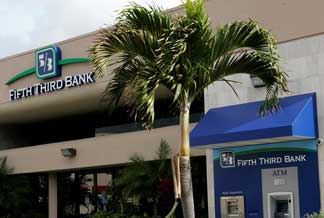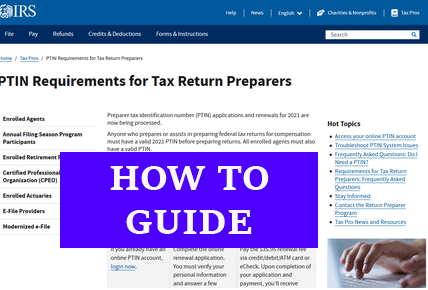Activist Investors to Juice Bank M&A: A New Wave of Consolidation?
The recent $10.9 billion sale of Comerica to Fifth Third Bancorp has sent shockwaves through the banking industry, with many experts predicting a new wave of consolidation driven by activist investors. HoldCo Asset Management, a small South Florida-based hedge fund, was instrumental in pushing Comerica to put itself up for sale, and it’s now targeting other regional banks, including Eastern Bankshares, First Interstate, and Columbia Banking System.
The Rise of Activist Investors in Banking
The U.S. banking sector has historically been resistant to activist pressure, but HoldCo’s success with Comerica has emboldened other investors to take a more active role. The fund’s strategy is to take a stake in underperforming banks and push for changes, including sales, to maximize shareholder value.
According to sources, HoldCo has been quietly building stakes in several regional banks, and its efforts have already sparked a flurry of activity. Other activist funds, such as PL Capital, are also getting into the game, with PL Capital recently calling on Horizon Bancorp to consider a sale.
The Perfect Storm for Consolidation
The banking industry is ripe for consolidation, with many smaller banks struggling to compete with larger institutions. The current market conditions, with low interest rates and a flattening yield curve, have made it increasingly difficult for banks to generate profits through traditional lending activities.
At the same time, the regulatory environment has become more favorable to consolidation, with the Trump administration’s deregulatory efforts making it easier for banks to merge. The result is a perfect storm of conditions that are likely to drive further consolidation in the industry.
The Impact on Regional Banks
The threat of activist investors is likely to have a significant impact on regional banks, which may feel pressure to take action to maximize shareholder value. This could lead to a wave of consolidation, with smaller banks being acquired by larger institutions.
However, some experts believe that the impact of activist investors will be more nuanced. “The fact that there is more M&A activity, and more deals getting done, means there’s a viable option (for activists) to push for,” said Sven Mickisch, a partner at law firm Simpson Thacher & Bartlett.
Tips for Banks to Mitigate Activist Investor Pressure
- Monitor Shareholder Activism: Keep a close eye on shareholder activism and potential activist investors. Understand their goals, strategies, and tactics to anticipate potential challenges.
- Maintain Strong Governance: Ensure strong governance practices, including an independent board, transparent communication, and robust risk management. This can help to build trust with shareholders and reduce the likelihood of activist intervention.
- Optimize Performance: Focus on delivering strong financial performance and optimizing business operations. This can help to reduce the likelihood of activist investors targeting the bank.
- Engage with Shareholders: Regularly engage with shareholders to understand their concerns and expectations. This can help to build trust and reduce the likelihood of activist intervention.
- Consider Strategic Options: Consider strategic options, such as mergers or acquisitions, to drive growth and increase shareholder value. This can help to reduce the likelihood of activist investors pushing for change.
Tips for Investors
- Do Your Research: Conduct thorough research on potential investment targets, including their financial performance, governance practices, and strategic direction.
- Understand the Regulatory Environment: Understand the regulatory environment and potential risks associated with investing in the banking sector.
- Monitor Industry Trends: Monitor industry trends and developments, including consolidation and changes in regulation.
- Evaluate Management: Evaluate the management team and board of directors to assess their ability to deliver strong financial performance and create shareholder value.
- Consider Potential Risks: Consider potential risks associated with investing in the banking sector, including credit risk, interest rate risk, and regulatory risk.
Conclusion
The recent surge in activist investor activity in the banking sector is a trend that is likely to continue. Banks and investors must be prepared to navigate this new landscape, with a focus on strong governance, strategic decision-making, and effective communication. By understanding the drivers of activist investor activity and taking steps to mitigate potential risks, banks and investors can position themselves for success in this evolving environment








